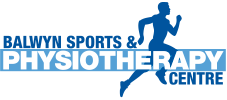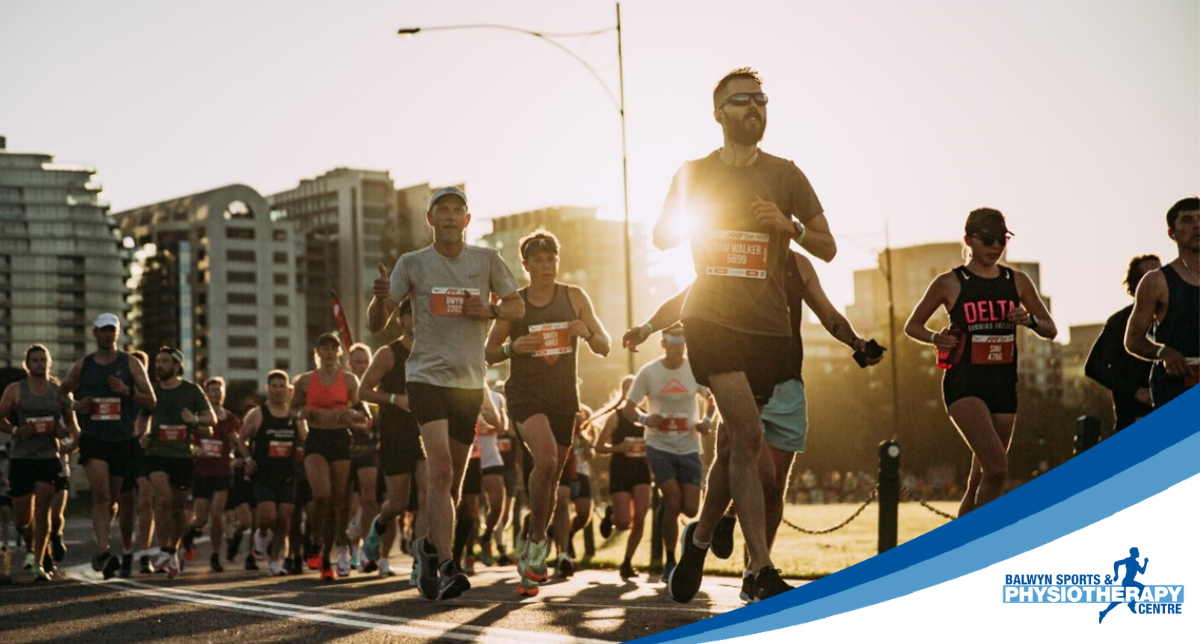With the Melbourne Marathon just around the corner, we thought it would be a great time for our in-house marathon expert and Senior Osteopath, Samual Kayll to provide his top tips. Keep reading to find out more!
1. Have a race plan and stick to it!
Start slow and save your tickets? Burst out of the gates and hold on for dear life? Just do whatever you feel on the day and hope you do not hit the infamous ‘wall’? There is an argument for all three approaches. If you want to run like an elite runner, this study analysed the race strategy of every world holder in the marathon since 1988. It found every runner started slow, built their pace to the 25km mark then finished fastest.
However, for us mere mortals, the opposite is commonly done – faster first half and a slower second half. The simplest (and often the best) way is to calculate your race goal and aim for a slightly negative split, or just stick with your pacer. Regardless of your strategy, it is best to formulate a realistic plan based on your previous times and stick to it.
2. Take the appropriate nutrition for you
Our body stores enough glycogen in our muscles for around 90 minutes of exercise. Beyond that, we start burning our less efficient fuel source – fat. This means we need to replenish our glycogen stores with glucose. For most people, this will be in the form of gels. We burn up to 90 grams of carbs per hour during exercise. If you are an experienced runner and can consume 90 grams of carbs per hour (or around three gels) this is ideal. However, consuming this many gels can cause gut upset and cramping. I would recommend trying two gels per hour after the first 90 minutes. This is a commonly used protocol and one that I would stick to on raceday to replenish an adequate amount of carbs while avoiding any gut problems.
BUT! You do not have to consume gels on raceday. People will use all sorts of fuel sources on raceday. I have even seen some people eat sausages in bread during the Great Ocean Road marathon. So, stick to whatever is familiar to you and what you have tried during your long runs.

3. Hydrate (but not too much)
Hydration during a race is extremely important. And dehydration will slow you down, but so can too much rehydration (due to stomach upset and the more serious hyponatremia). Unlike nutrition, the messages on how much fluid to drink are conflicting. If anyone wants to do a deep dive into the science of hydration during endurance sports, you can read this 2019 meta-analysis.
In short, hydration can be broken down into two main strategies: (1) Ad lib (drinking when thirsty), and (2) programmed (sticking to a protocol or formula). The above review compared the two strategies and found there is no difference in exercise performance between drinking when thirsty or sticking to a formula.
As such, to avoid over hydrating and over complicating raceday, it may be best to drink when thirsty. But of course, it is up to the individual to assess what is best for them and the conditions on raceday.

If you would like some more personalised running advice, book an appointment with one of our expert team who would be happy to help!
Our Senior Osteopath, Samual Kayll is a regular participant in the Melbourne Marathon. If you’d like to book in with Sam, give us a call on 03 9836 7000 or click below.


